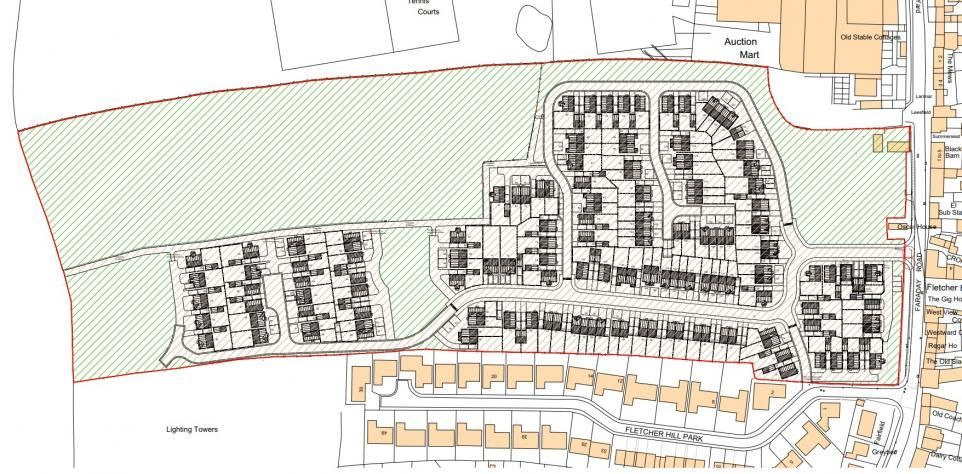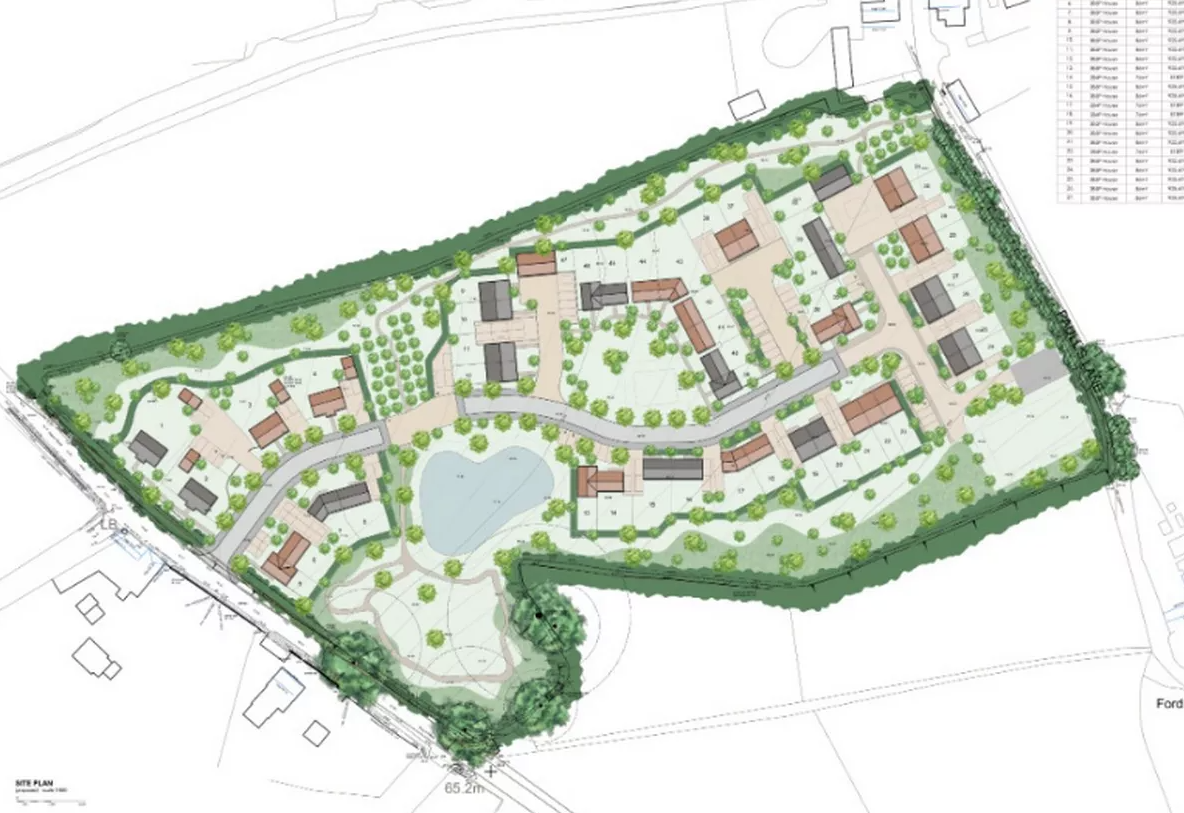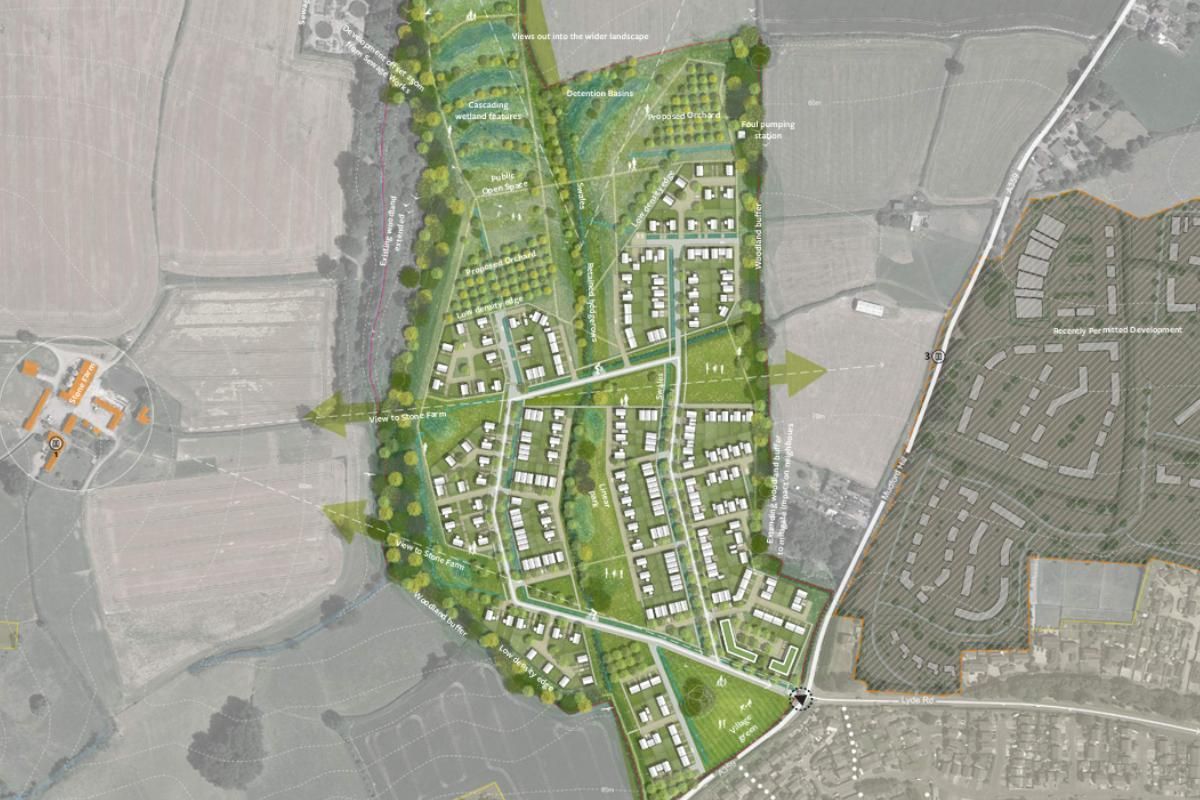CASE STUDIES
Station Road, Crewkerne - Achieving Phosphorus Nutrient Neutrality
The Enviren Nutrient Neutrality Assessment & Mitigation Strategy (NNAMS) was prepared to support a major residential development of 325 dwellings off Station Road, Crewkerne, Somerset. The scheme sits entirely within the River Parrett hydrological catchment, meaning it is subject to stringent requirements introduced following Natural England’s 2020 advice note on excessive phosphorus entering the Somerset Levels and Moors Ramsar Site.
This case study summarises how the development achieves full nutrient neutrality through a robust assessment and targeted mitigation approach, based directly on the submitted NNAMS.
Site & Development Overview
The report establishes the following key facts:
- Site area: 16.532 ha
- Land use: Arable farmland (pre-development)
- Proposed development: 325 dwellings + associated infrastructure
- Nutrient considered: Phosphorus (Total Phosphorus, TP)
- Catchments:
- Surface water → River Parrett
- Foul water → River Parrett
Because both foul and surface water ultimately drain toward the sensitive Ramsar site, a full Habitats Regulations Assessment (HRA)–compliant nutrient budget is required.
Baseline Conditions
The existing site consists of general arable land, which currently generates a baseline phosphorus export level typical of agricultural settings. However, the introduction of new dwellings inevitably results in:
- Increased foul water discharge
- Additional surface water runoff phosphorus loads
The NNAMS recognises this and calculates the predicted increase in TP load from development.
Nutrient Budget Calculation
Using Natural England-aligned methodologies, the development’s phosphorus budget is calculated. Key outcomes include:
Pre-Mitigation Nutrient Load
- +33.10 kg TP/year (Pre-LURA)
- +6.56 kg TP/year (Post-LURA)
(LURA = Likely Upgrades to Reduce Phosphorus at sewage treatment works)
SuDS Treatment Capacity
The scheme incorporates a full Sustainable Drainage Systems (SuDS) treatment train.
- On-site SuDS can treat both dissolved and particulate phosphorus,
- But surface water treatment alone cannot fully neutralise the development’s overall phosphorus load,
- Remaining phosphorus after SuDS treatment = 0.08 kg/year, which must be mitigated off-site.
Off-Site Mitigation Through P-Credit Acquisition
To eliminate the residual nutrient load, the applicant will acquire third-party phosphorus credits.
From the NNAMS Mitigation section:
- Credits will be purchased for the full pre- and post-LURA nutrient loads, ensuring neutrality under both operational scenarios.
Post-Mitigation Outcome
After applying the purchased mitigation credits:
- Total annual nutrient load (Pre-LURA): –0.00 kg/year
- Total annual nutrient load (Post-LURA): –0.00 kg/year
This confirms full nutrient neutrality beyond reasonable scientific doubt.
Conclusion of the NNAMS
The report concludes:
“The applicant shall achieve Nutrient Neutrality through the proposals and therefore nutrient arisings should not prevent planning permission being granted.”
Why This Scheme Is a Strong Example
This project demonstrates:
Robust, transparent nutrient budgeting
The phosphorus calculations follow Natural England guidance and incorporate both foul and surface water pathways.
Effective SuDS integration
The design includes infiltration-based systems, with confirmation of appropriate soils and groundwater levels.
Full offsetting of residual phosphorus
Off-site credits remove any remaining nutrient burden.
Compliance with Habitats Regulations
The mitigation strategy reaches a neutral balance of –0.00 kg/year, satisfying the legal test of no adverse effect on the Ramsar site.
PROJECT DETAILS
CLIENT
Private Developer
LOCATION
Crewkerne
OFFICE
Bristol
COMPLETED
2025



